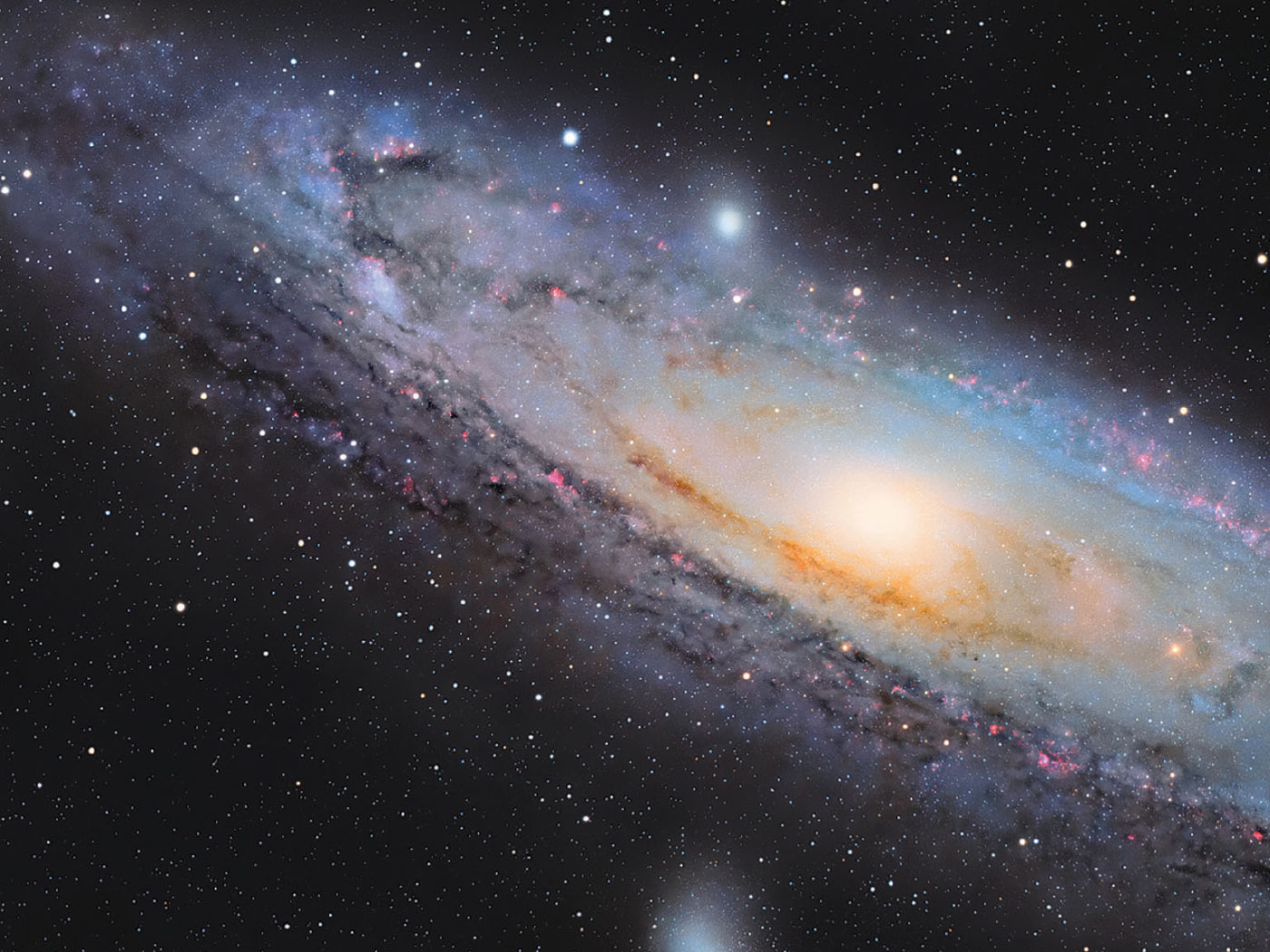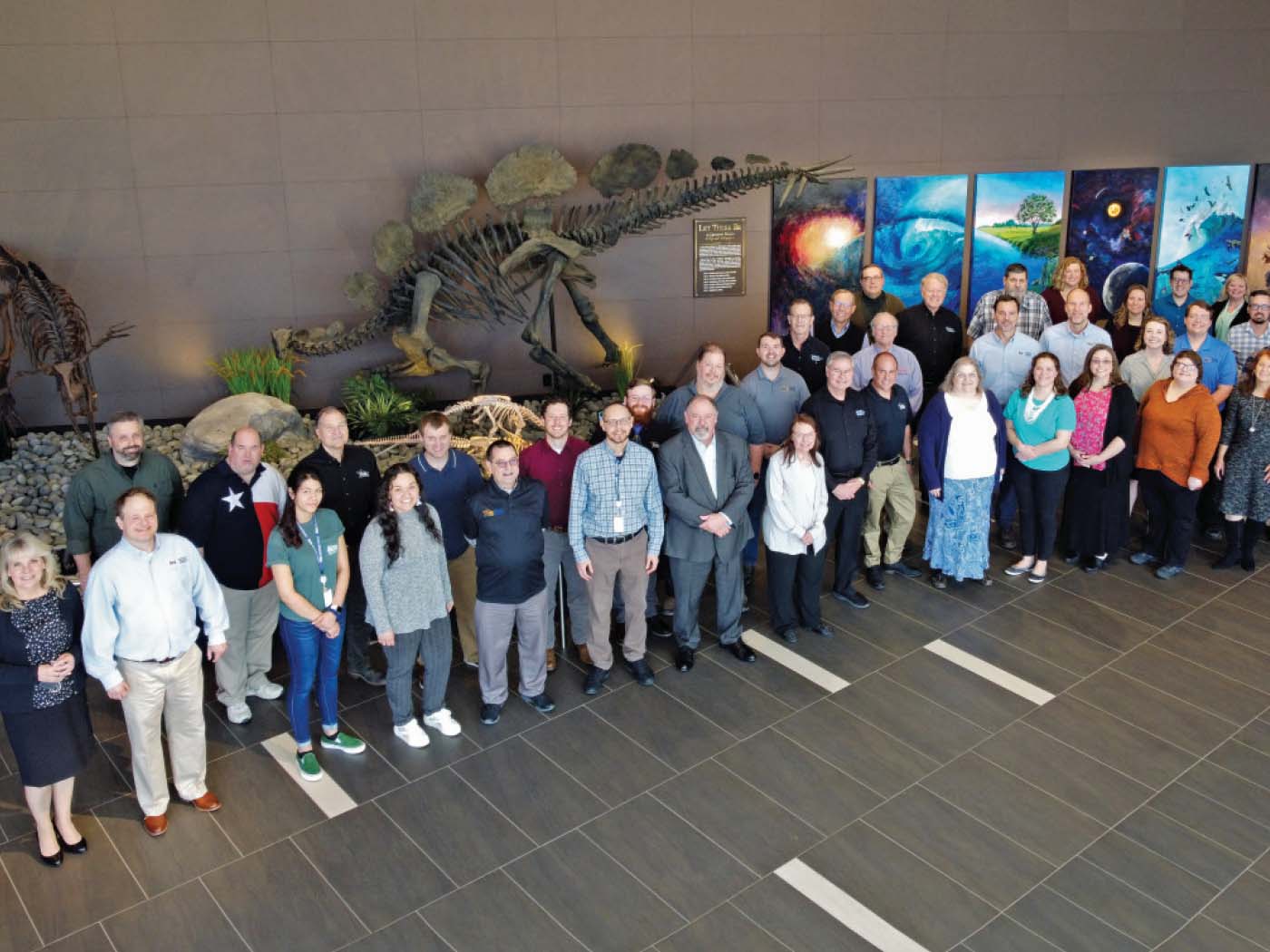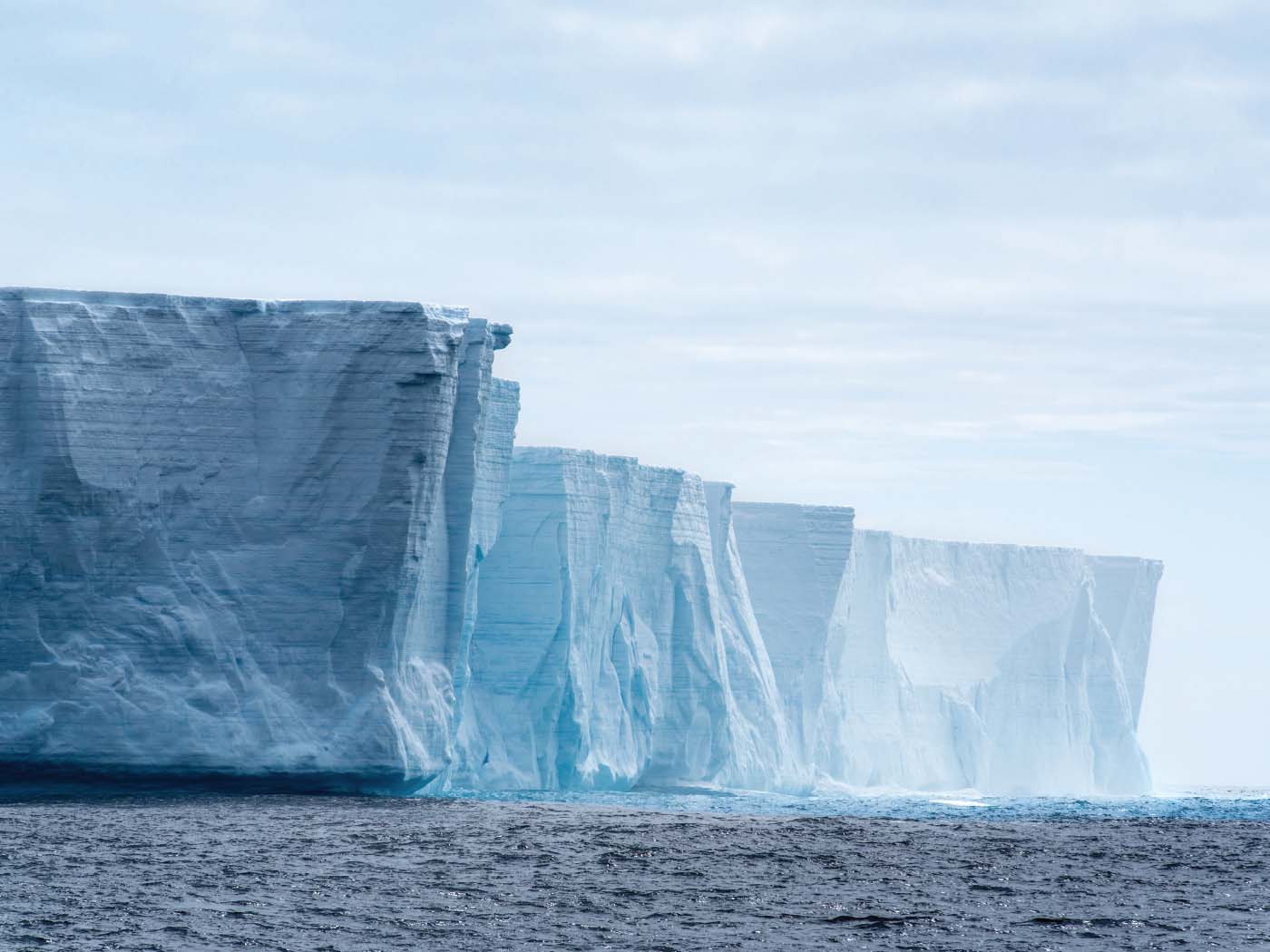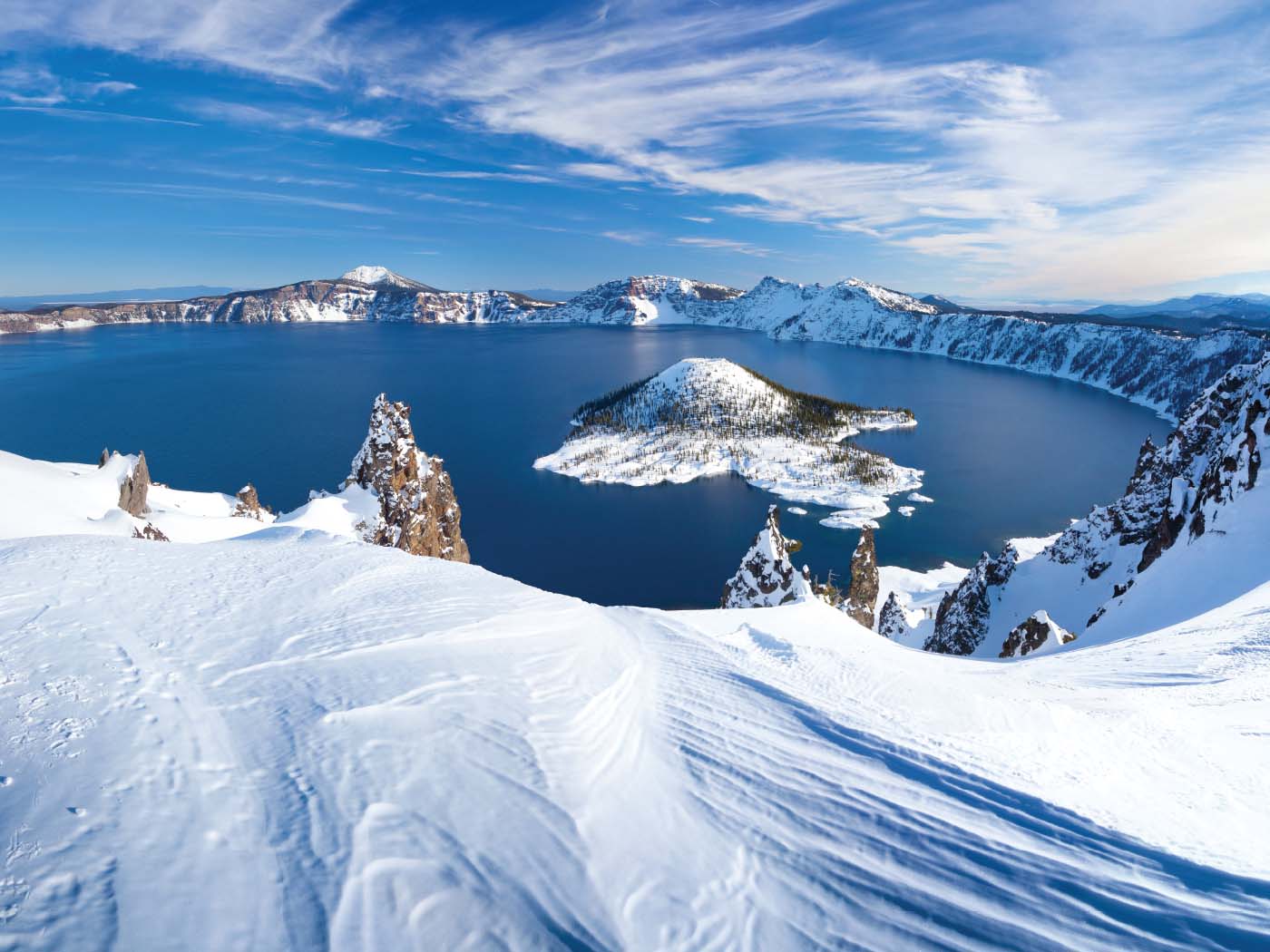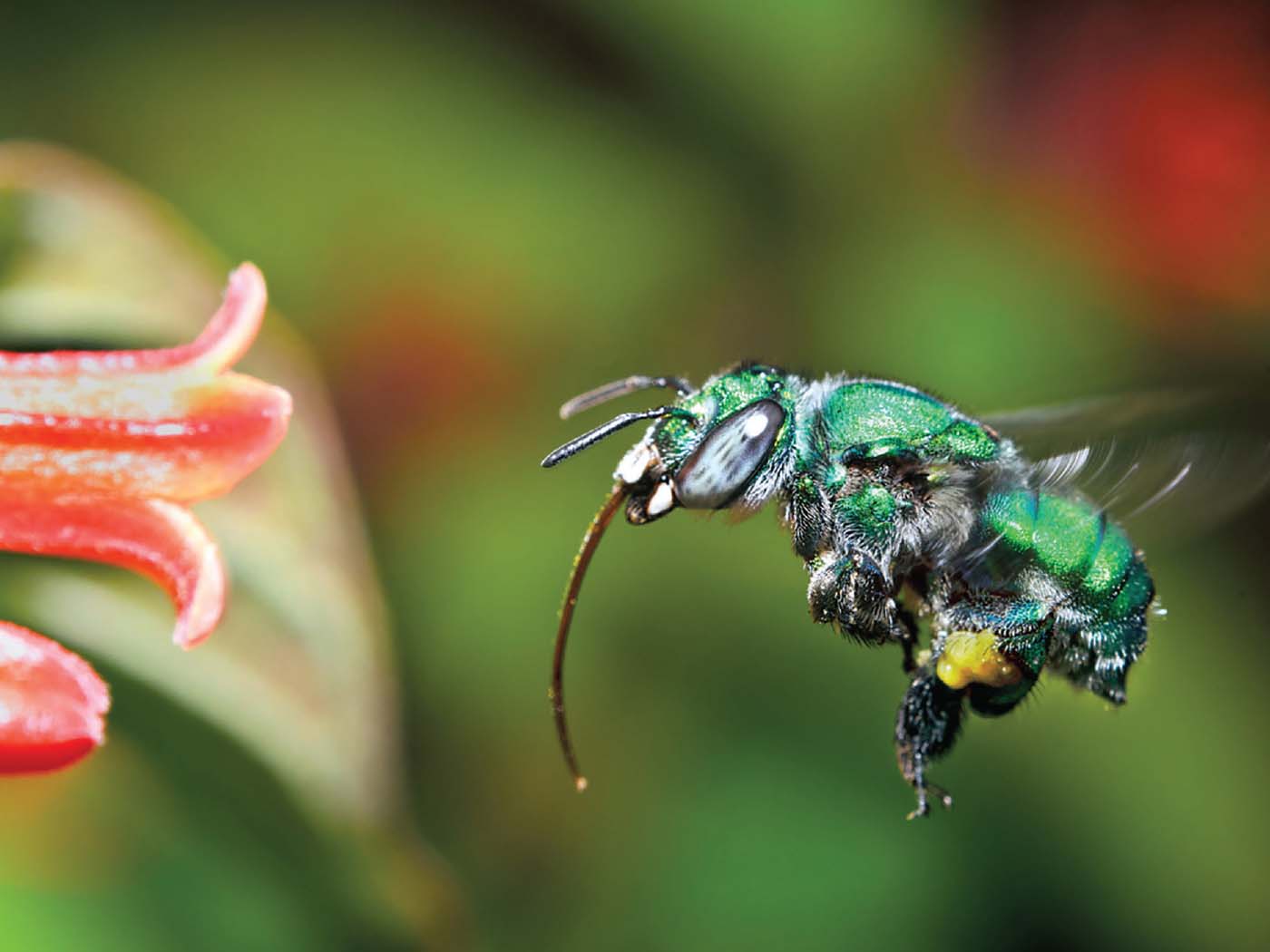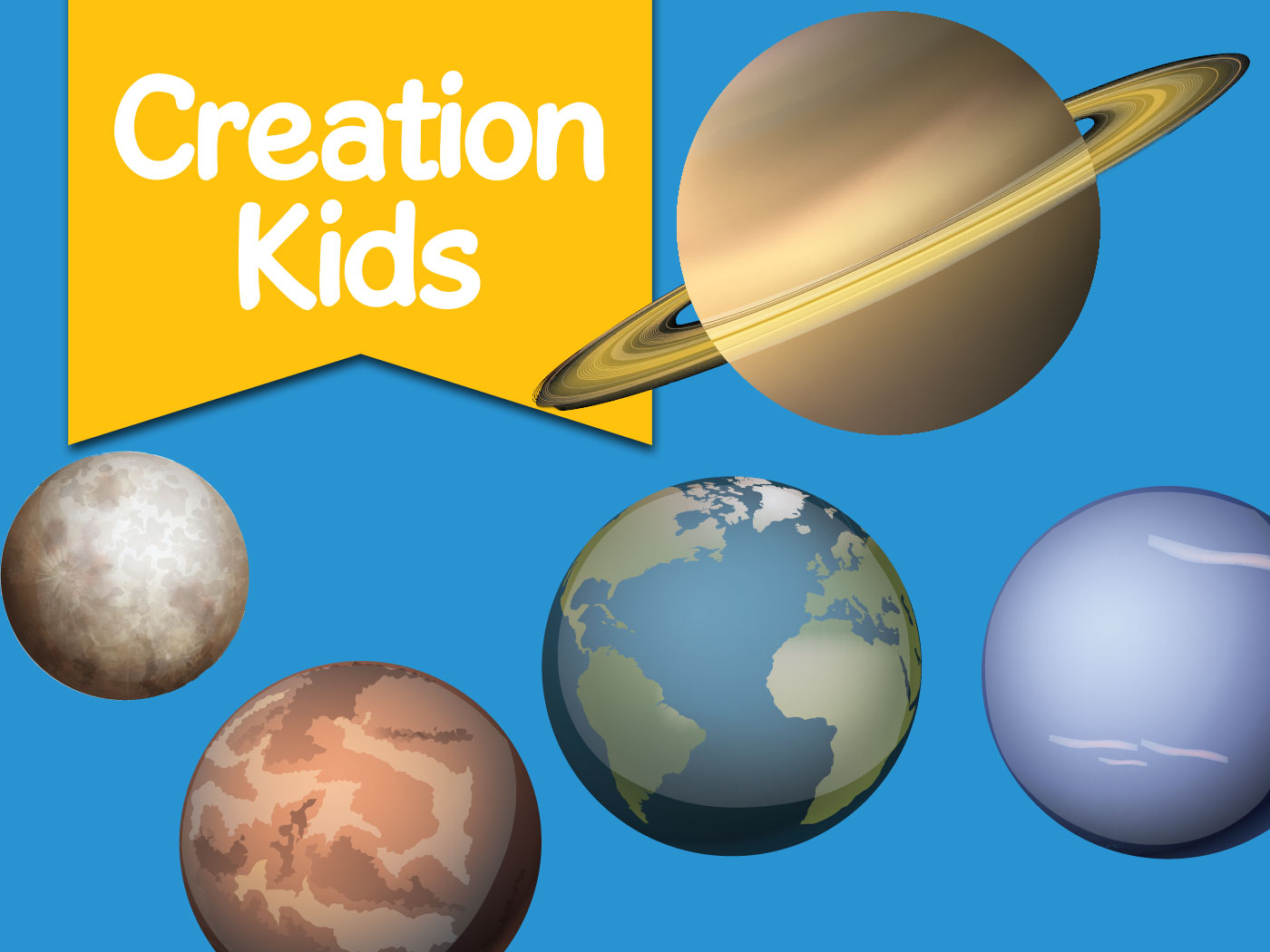How can we use the Bible to guide scientific research? Why is counting ice core layers an insufficient way to determine Earth’s age? How does ICR’s Flood model explain the origin of Crater Lake? What evidence is there for a codependent design between bucket orchids and bees? Discover the answers to these questions and more in the January-February 2022 issue of Acts & Facts!
Finding Biblical Clues to Design
True story…and the star is physicist Dr. Russ Humphreys. Every so often someone passes on a new insight that revolutionizes our thinking. We remember these occasions because they are so rare.
About...
New Year, New Logo
After 52 years of fruitful ministry, the Institute for Creation Research is renewing its commitment to rigorous scientific research that affirms the truth of Scripture. As a staff, we’re delighted...
Announcing ICR’s New Digital Media Department
Today there are more ways to communicate than ever before, so we have assembled a Digital Media Department to explore the best new avenues for sharing ICR’s pioneering research. The department’s...
ICR Ice Core Research Continues
Creationists think the thick ice sheets of Greenland and Antarctica began forming just 4,500 years ago during a short Ice Age triggered by the Genesis Flood. During the Ice Age, warm oceans resulted...
Crater Lake National Park: Serene Beauty After Volcanic.,.
by Tim Clarey, Ph.D., and James J. S. Johnson, J.D., Th.D.*
The deepest and arguably most spectacular lake in the United States is located inside a volcano. Known as Crater Lake, it reaches 1,943...
The Creation Week: A Systems-Based Approach
We are clearly told in the book of Genesis that God created the heavens and the earth in a very short sequence of time, six literal days. The Hebrew text is grammatically put together using a specific...
Bucket Orchids and Bees, a Codependent Design
Flowers hold a fascination for most people. They have at least a threefold purpose: First for attracting animals (e.g., insects, birds, and mammals) for reproduction via pollination, the second for...
Puffins, Fitted for Living in Sea, Air, and Land
In order for tufted, horned, and Atlantic puffins to “be fruitful, multiply, and fill” specific habitats on Earth,1 they need the right equipment. That requires God-given design...
Donors Make It Happen
In 1 Samuel 30, there’s an interesting story that’s easy to overlook if you fly by too fast. David and his men are returning from Jezreel to Ziklag. Upon arriving at Ziklag, they find the...
Creation Kids: Our Young Solar System
by Christy Hardy and Susan Windsor*
You’re never too young to be a creation scientist! Kids, discover fun facts about God’s creation with ICR’s special Creation Kids learning and...
Full versions of current and previous Acts & Facts can be viewed online in PDF format using the free Adobe® Acrobat® Reader.
You can subscribe to receive a free subscription to Acts & Facts by clicking here.




